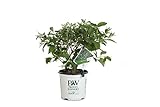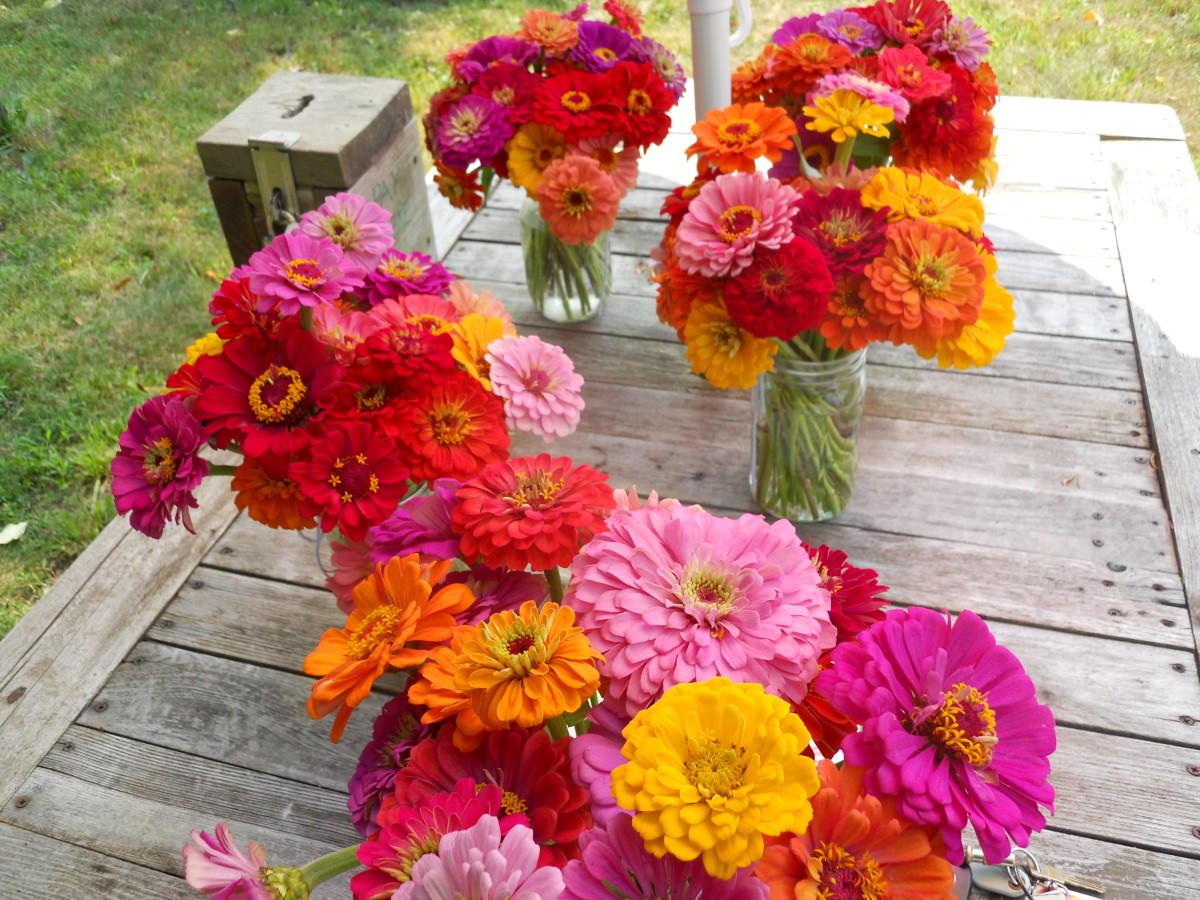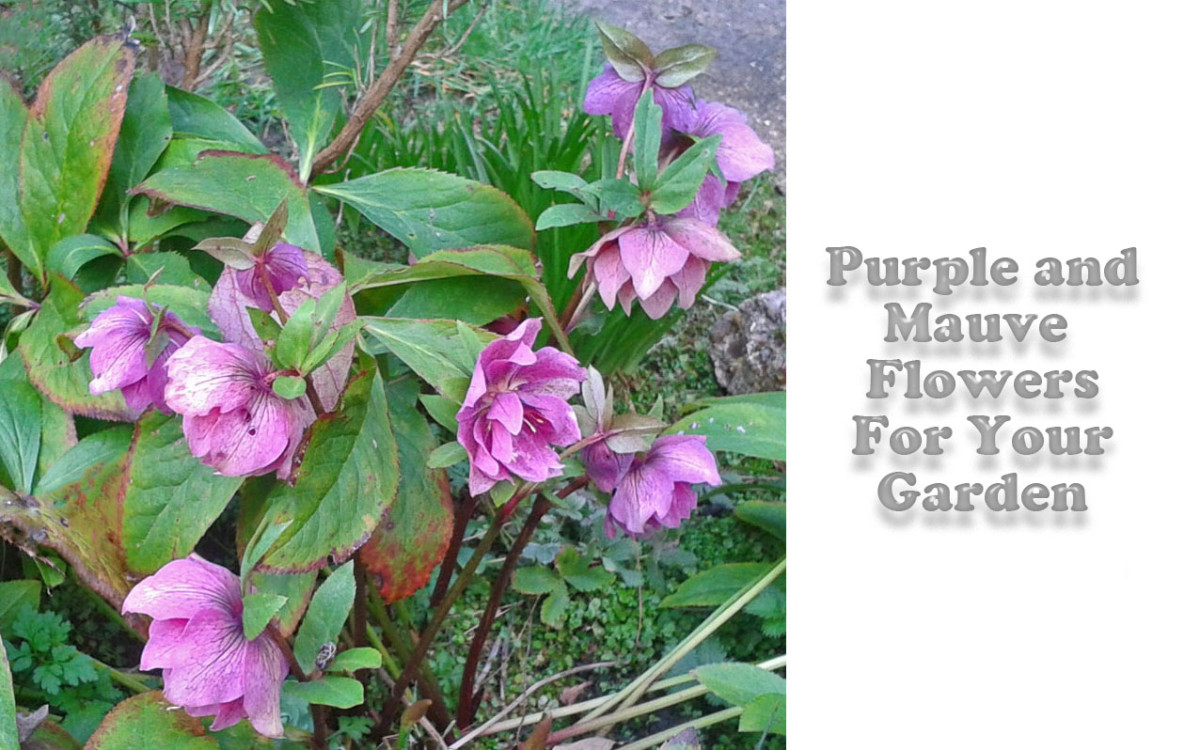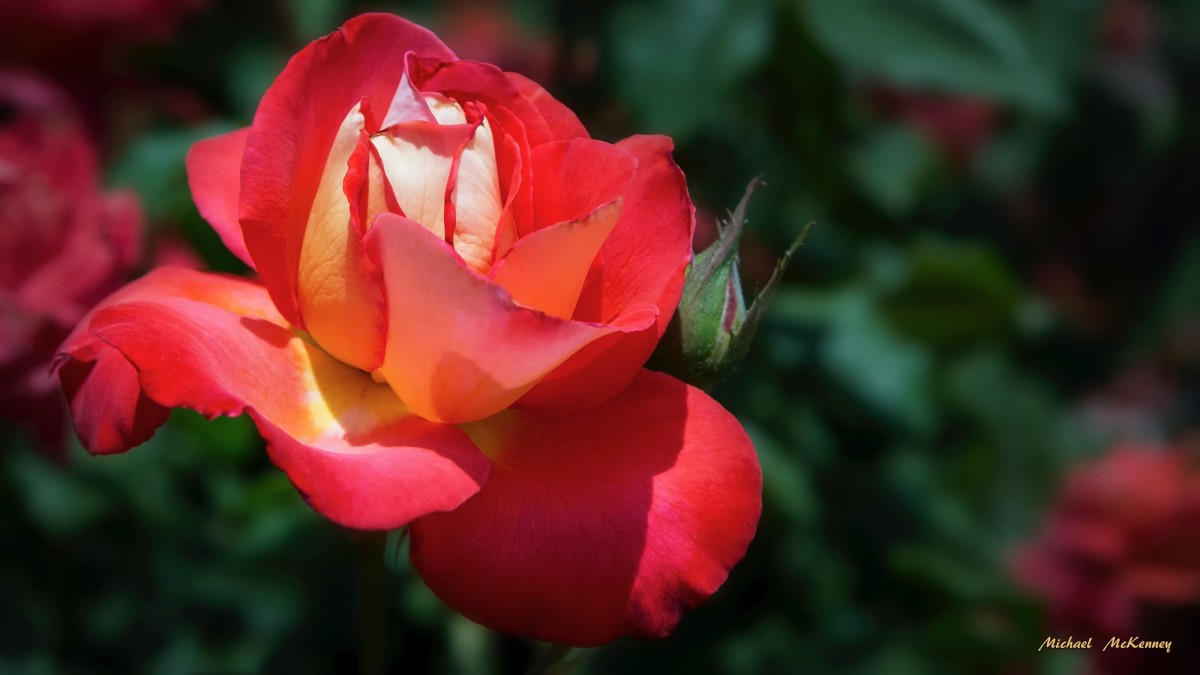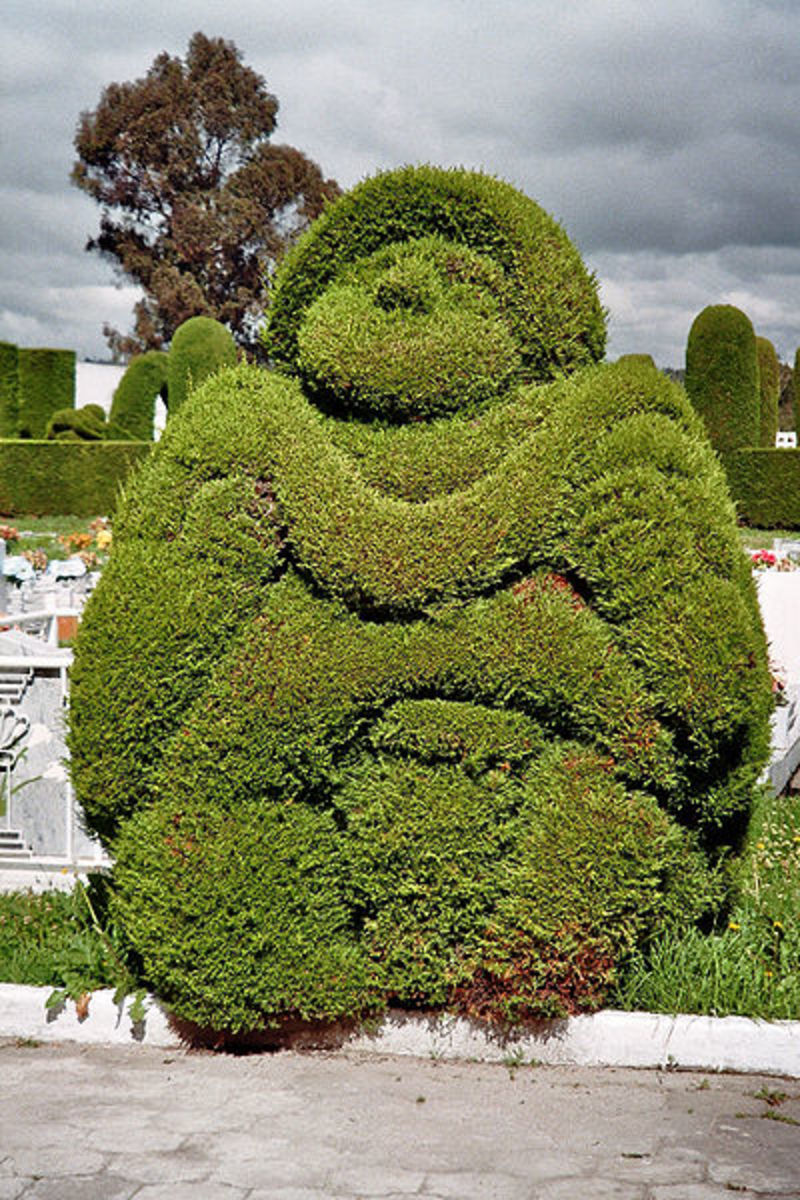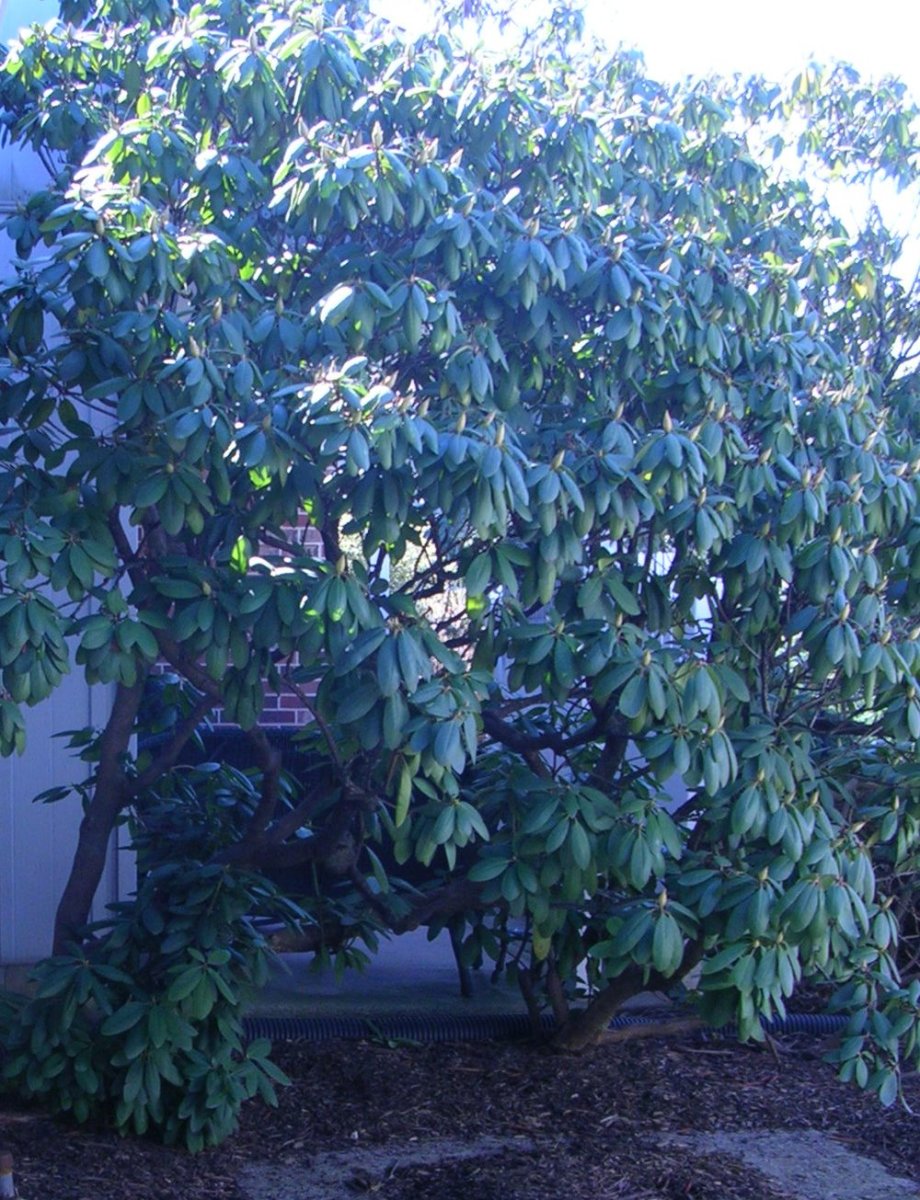The Butterfly Bush - How to Grow and Propagate Buddleia
Buddleia is called the butterfly bush because if you ever walk past one in summer you will see the air filled with the butterflies that they attract.
However, several species of plants have the name butterfly bush because of their ability to attract butterflies.
Those include:
- the Butterfly Weed (Asclepias tuberosa)
- Buddleia
- Rotheca myricoides
However, when most people think of the butterfly bush, they are thinking of buddleia davidii, with its long lilac racemes of flowers and stooping branches.
Buddleia (or the correct botanical term buddleja) is a plant much sought after by butterfly enthusiasts, as they know the planting of such bushes will attract butterflies into their garden.
Attraction doesn't really describe it. With a butterfly bush your garden will become inundated with beautiful butterflies of all colors and sizes.
buddleia davidii

Buddleja davidii originated in central China and now grows in the US, Australia, UK and central andsouthern Europe. In many areas it is classified as an invasive weed because of its habit of springing up on derelict land.
Very easy to grow, it prefers a sunny position and well drained soil. It attracts not only butterflies, but moths and bees too.
In summer, the flowers grow on long racemes that bend over under their own weight. It is called a butterfly bush because of the clouds of butterflies its flowers attract.
Quick growing, they can quickly become straggly, but an annual winter severe prune will keep them under control.
One really handy thing about the butterfly bush is that it can be pruned at any time of the year, and how your prune it doesn't much matter either. It is tough as old boots, and you can chop it right down to the ground if you wish, and within a couple of weeks it'll spring right back and start flowering again if it is summer.
Buddleia davidii is the most commonly grown butterfly bush the world over.
Hardy down to 20oF, they can be cut right down to the ground by severe frost, only to return again in the spring. They grow anywhere from 6 to 15 feet tall, left to their own devices.
While we think of Buddleia davidii as having bluey-purplish flowers, there are many sub-species in white, orange, gold, pink and purple. Some of the more reddish colors attract humming birds into your garden.
They grow in warm climates too.The major difference is that they are not deciduous in frost free areas, nor do they lose their spent blooms. These have to be lopped off by the gardener to tidy the bush up.
Buddleia at Amazon
Butterfly Bush Propagation
Buddleia davidii can be propagated from both seed and cuttings. If you have a cross-breed, your seeds may not come true to the parent, in which case you may prefer to propagate by cuttings.
- Take a hardwood cutting of your butterfly bush, about 4" - 6" long, with new growth at the tip.
- Remove all leaves below the new growth.
- Stick into the ground or a pot of potting mix, at least deep enough to cover the lower leaf nodes where the leaves were.
- Water well, and don't allow to dry out completely.
- Watch out for new growth. When the plant has set roots it will want to start growing straight away.
They are actually very easy to propagate and from one bush you can take many cuttings to root and give away to neighbours and friends.
If you have a cross variety, growing from seed would be fun just to see what colors of flowers your new plants grow.
To collect the seed, wait until the flower has died back, then collect the seed, dry it well, place in a dry spot in the refrigerator for a few weeks to imitate winter, then plant in a pot or seed tray.
The Buddleia family contains over 100 species of flowering shrubs and trees. All of them are very attractive to butterflies and many other beneficial insects.
Buddleias are great for growing in areas where you want quick growth, like up a fence to provide shade to more tender plants or in a pot on the terrace where you like to sit.
The long flowering heads of the buddleia are not only colorful and lovely to look at, their scent fills the air and mingles with the butterflies that appear in droves.
Great for butterfly lovers everywhere.
The name Buddleia honours the Reverend Alan Buddle (1662 - 1715), who was a botanist in England.

